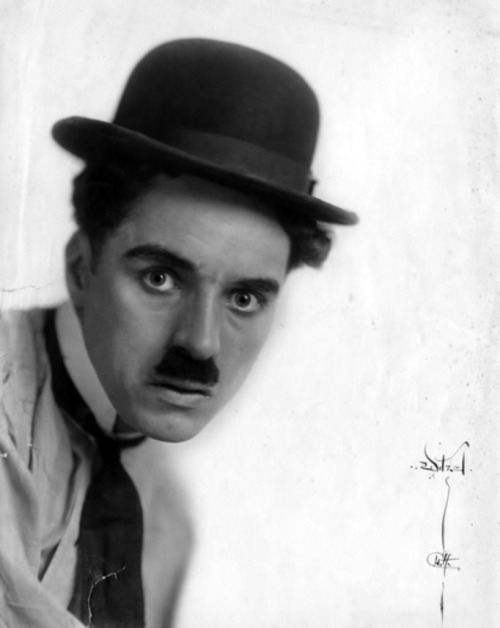
Afro-pop pioneer Orlando Julius

Afro-pop pioneer Orlando Julius
The Oregon-born cartoonist's barnstorming tour of the region will end with a proclamation.
We've previously made note of the exciting news that "Adventures in Plymptoons," a new documentary about Bill Plympton, the Oregon native and two-time Oscar nominee, would be playing throughout the state (indeed, the region) in a barnstorming tour of McMenamins theaters. Now we learn that the final day of the tour -- Saturday, May 26 at the Bagdad Theater -- will be declared Bill Plympton Day by the City of Portland, with an official proclamation, resolution, certificate and all of that. That particular showing of "Adventures of Plymptoons" will be a benefit for the Oregon Media Professionals Association, which is sponsoring the film tour, and there will be a number of surprise added attractions to that night's show. But whoever shows up, I guarantee that the affable Mr. Plympton will remember that proclamation best of all. Mazel tov!36-year-old Jackie Robinson steals home on Whitey Ford & Yogi Berra, 1955. I ask you: Safe or out?


Nowhere Man: “The Ghost Writer” (2010)

“I’m just a snoop….” (frame from “Chinatown”)



Spokes Mashiyane, king of Kwela (South African pennywhistle jive-jazz)
Bill Foster, who's been director of the NFC for 31 years, reflects on some highlights of his tenure and of Portland's growth as a film town.
barnaclebrian spent all night and morning mixing this POPCAST together in honor of MCA


I love The Swanky Modes!
Reviews of this week's new releases from today's A&E.
New releases in Portland-area theaters not reviewed in this week's A&E.
“The Devil’s Carnival” A wild combination of film and theater from the makers of, and in the vein of, “Repo! The Genetic Opera.” Director Darren Lynn Bousman and writer/actor Terrance Zdunich will be on hand for this one-time only event, combining music, the macabre and the unimaginable. (Clinton Street Theater, Thursday only)In imitation of the traditional religious day of rest, an increasing number of people, including hard-core techies, are turning off their screens once a week.
We have screens on our walls and screens on our desks. Screens in our laps and screens in our pockets and screens in our cars. Before long — if Google delivers the computers-inside-of-eyeglasses it’s been advertising — we’ll have screens on lenses before our very eyes.
“That’s bone. And the lettering is something called Silian Rail.”
The five films playing in Portland-area theaters that I'd soonest see again.
1) “The Deep Blue Sea” Terence Davies is the finest director you’ve likely never heard of, probably because his best films -- the quiet, devastating semi-autobiographical “Distant Voices, Still Lives” and “The Long Day Closes” -- were made more than two decades ago and he’s only had one film (“The House of Mirth,” an anomaly, really) get even a modest release since. Here, adapting Terence Rattigan’s 1952 play about a passionate woman (Rachel Weisz), her stodgy husband (Simon Russell Beale) and her unreliable lover (Tom Hiddleston), his immense, inimitable gifts for image-making and, especially, turning film into something like music are in full power. The effect is sometimes funny, sometimes dramatic, sometimes absolutely ravishing. Davies is a master, and this is his most accessible film. See it. Cinema 21Joss Whedon's film manages the hard part of building a team of superheroes but is a bit puzzled trying to figure out what to do with them
It may not be based on a work of, in the old-fashioned sense, literature, but a movie like “The Avengers” is, in some crucial ways, quite like an adaptation of Shakespeare or Dickens.Overwhelmed by the thought of his new position, a would-be-Pope flees the Vatican -- and silliness ensues
There’s a peach of a set-up to Nanni Moretti’s new comedy, “We Have a Pope,” and a fine performance in the middle. But the film wastes itself on silliness and scattered threads before very long, truly squandering a brilliant promise.A new service lets you and your friends book a film in a local theater -- kind of like Kickstarter meets movies-on-demand, but on the big screen.
"#ReGeneration" is a film about the Occupy movement and, as the film's website says, "the challenges facing today’s youth and young adults as they attempt to engage on a myriad of social and political issues." It plays tonight at the Living Room Theaters in a one-shot-only screening coinciding with similar events around the country.Being a brief introduction to the key characters in the mega-superhero movie
BLACK WIDOW
Soundtrack for a glum, wet day….

MM

Gathering of the Gods II: Pele and Ali, date unknown

Giorgio Chinaglia, lighting up Seattle at Portland’s Civic Stadium. (Soccer Bowl, 1977)

How can this not be a GREAT album?


El rey

Good for one ride on some awesome beats

A 26-year-old actor, 1915

Kool kat
© 2025 Shawn Levy Dot Com
Theme by Anders Noren — Up ↑